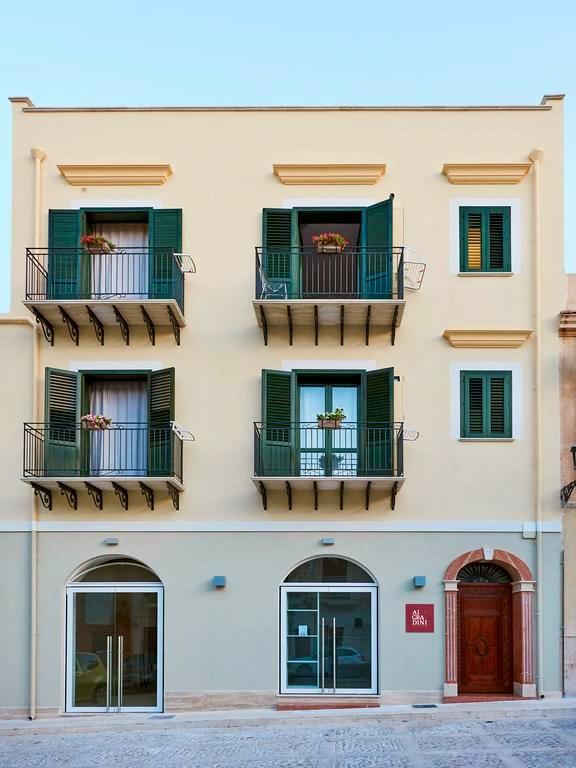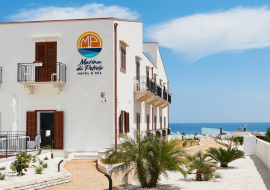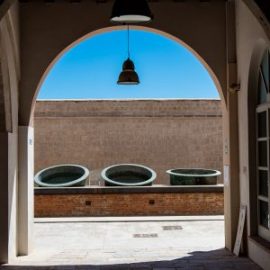The Archaeological Park of Segesta
The curtain opens on the marvellous spectacle of history.
A very important Elymian political centre together with Eryx (Erice), Segesta ‘s monumentality is surrounded by a hilly Mediterranean landscape and panoramas of striking beauty.
On the site, the imposing and still visible monuments reveal the key role that Segesta played in Sicily during the centuries of Greek and Punic occupation.
The Elimi are an indigenous population of mixed origin. According to certain historical traditions, they would have been descendants of Troy’s fugitives whereas, according to other sources, they would have come from northern Italy. Regardless, they settled in western Sicily from the end of the second millennium, choosing an isolated and dominant point of the territory to found Segesta, which rises on the slopes of Monte Barbaro.
The area, characterised by the presence of sulphur springs, was inhabited since the Bronze Age, as confirmed by the findings of the protohistoric age from reconnaissance and recent excavations conducted on the northern acropolis; the site also features architectural remains of medieval Segesta: the walls, the mosque, the castle and the village.
However, the most significant examples of public, political and religious monuments of this city perched on a hill can be found in the inhabited area of the end of the 6th – 4th century BC. Specifically, these suggest that Segesta always retained its own – traditionally Elima – identity, although linked to the process of Hellenisation, which is expressed in the architecture of the Archaic and Hellenistic periods.
The temple is one of Sicily’s major attractions, an iconic element in the territory, and a well-preserved structure: it was built at the end of 420 BC outside the city walls, on a hill on the Fusa valley (the Scamander of ancient sources). Peripteral temple of 6×14 features Doric-style columns. Inside we find traces of the cell, the area where the statue of the divinity was placed. Numerous hints suggest that the building was never completed, probably due to the destruction in 307 BC by the Syracusan tyrant Agatocles.
Contrada Mango was home to an important place of worship. The sanctuary found at this location, dated between the 6th and 5th centuries BC, features traces of a large enclosure (temenos) made up of travertine blocks.
The theatre, a breath-taking monument dating back to the 4th century BC, was carved into the rock following the Greek technique. Today, it is used for summer theatrical performances.
To the east of the temple hill we find Monte Barbaro, the seat of the ancient city , arranged in two acropolises separated by a saddle of the mountain. The inhabited area consisted of houses arranged on artificial terraces, connected by paths carved into the rock that went from the top of Monte Barbaro to the valley.
Eleven square towers and three city gates have also been identified. One of the oldest doors is the Porta di Valle, dating back to the end of the 6th century BC, although reworked several times.
In the north Acropolis, starting from the second half of the 2nd century BC, numerous public monuments were erected including the agora, bouleutèrion, gymnasium, theatre and, almost certainly, a temple.
In the 12th century, Segesta possibly experienced a new heyday – of which a mosque remains – followed by a phase of Norman dominance, as attested by a castle.
The cost of the full ticket is €6.00; reduced ticket €3.00.
Combined ticket with the Pianto Romano Museum € 8.00.
Accomodation
Other ideas for your trip
- Nearby
- Not to be missed
- Archaeological areas






















































